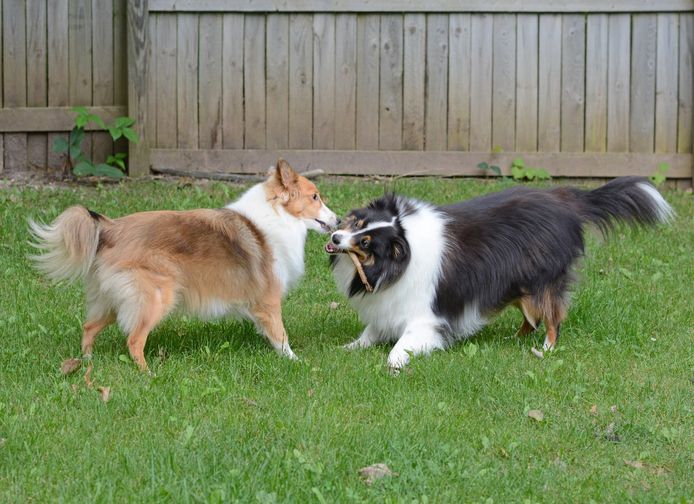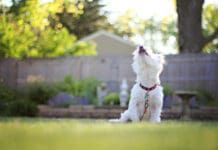Excerpted from Fight!: A Practical Guide to the Treatment of Dog-Dog Aggression by Jean Donaldson
When you hear hoof-beats coming over the hill in Wyoming, think horses, not zebras. While it could absolutely be that there are zebras – or albino miniature ponies with pink ribbons in their manes – coming, the first and most obvious thing to rule out is horses.
When it comes to dogs who don’t do well with other dogs there are some common rule-outs that account for the bulk of cases. These are:
- Dogs that come on too strong. They appear hyper-motivated and have coarse social skills. Then this type presents along with an impoverished play history, I’m going to refer to them as “Tarzan”.
- Dogs that are sensitive to the proximity of other dogs. They may present with frank fearlessness or more subtly, as asocial animals that get snappy if a dog gets too close or makes social overtures.
- Dog-dog resource guarding
- Harassment, i.e. bullying or “hazing” of other dogs.
- Play skills deficits – dogs that play but lack some of the features of normal play, causing frequent tipovers of their play into fighting.
- Strong genetic predisposition to compulsively fighting
For more details on how to identify the specific aggressive behavior your dog may be exhibiting and ways to use behavior modification to retrain a dog, download Jean Donaldson’s Fight!, A Practical Guide to Dog-Dog-Aggression.






